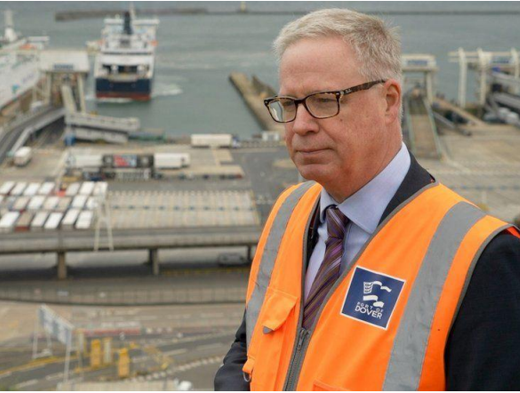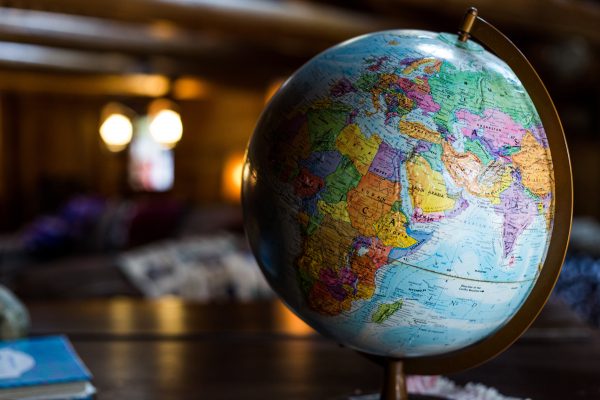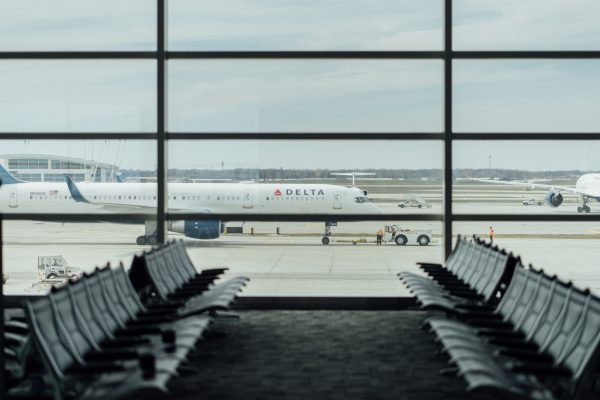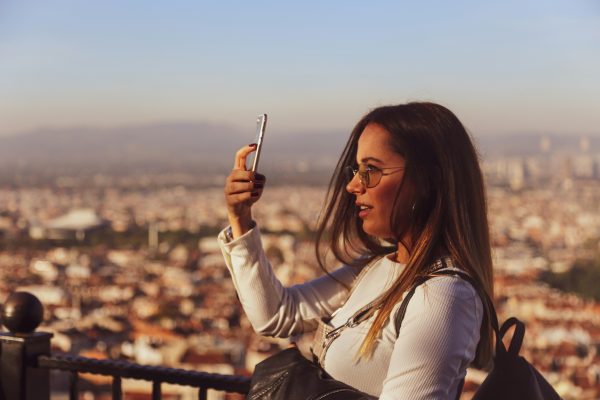In the hunt for building stronger emotional bonds and long-lasting loyalty with their customers, airlines are creating bigger, bolder, and more immersive experiences.
Experiential marketing represents one of the most powerful forms of experience airlines can create, turning every trip into a memorable, shareable experience that cuts through the noise to establish deeper, direct connections between brand and customer.
That’s because, for airlines, the passenger experience goes beyond the flight itself. From personalized check-ins and access to exclusive lounges to unexpected post-flight perks, how airlines treat their customers before and after the flight is also vital.
Technology is the great enabler here, enabling airlines to leverage the creative power of mobile apps, VR, and other digital tools to create seamless, immersive experiences before, during, and after the flight.
1. Branded airline app experiences
A customer’s journey really begins on their way to the airport. The moment a passenger steps through the gates, it’s game on.
That’s why an airline’s app is such an underrated tool in the creation of immersive experiences. Use it to draw travellers into the excitement of their destination – whether that’s through movies related to the country they’re visiting, sharing historical facts, or suggesting local entertainment spots when they arrive. All help drums up anticipation before and during the flight.
Even better is when airlines offer the ability to sync their in-flight entertainment system with a passenger’s mobile app, allowing them to queue movies, access personalized content, or seamlessly switch between devices before and during the flight.
2. Augmented and virtual reality (VR and AR)
When discussing experiential marketing, VR and AR are usually the first digital tools that come to mind. But how does this translate to the aviation industry?
During the booking phase, airlines can use VR/AR to showcase different cabin options and premium upgrades, meaning passengers get to experience what each class offers before boarding.
Some airlines, such as Qatar Airways and British Airways, are even trialling VR during the flight itself. Much of the stress of flying comes down to psychology – being stuck in a cramped space with so many people can make the experience feel overwhelming. But when you use VR to strip that away and place the passenger in a calm, familiar environment, the whole experience becomes so much more enjoyable.
3. Social media and creative communities
Once a customer successfully books their flight and safely lands at their return destination, many airlines think their job is done.
However, the post-flight is a perfect time for airlines to keep the customer connection going and build loyalty. Obviously, feedback surveys and personalized follow-ups have their use, but airlines can also turn passengers into brand ambassadors by spotlighting their travel stories through social media.
Take Southwest Airline’s TikTok, a stellar example of sharing passenger (and also employee) stories to drive engagement and a sense of community with viewers and customers.
4. Cultural immersion through themed flights
By creating themed flights based on the passenger’s destination, airlines can build deeper emotional connections with customers, generating an unmatched sense of immersion and excitement.
Air New Zealand already has a long history of using its connection to The Lord of the Rings, including a Hobbit-themed on-board safety video. But there’s potential for airlines to push the immersion factor even further.
For example, for a flight to Tokyo, the airline could offer Japanese-inspired meals, music, and cultural videos during the flight. This would help immerse passengers in the culture before they even arrive, enhancing the excitement of their trip.
Boost loyalty and revenue
When offered exclusively to loyalty program members or business/first-class passengers, airlines can use these experiences not only to increase loyalty and engagement, but also drive sales of premium upgrades and products.
And remember, experiential marketing is a broad tapestry. It can be done online, offline, or a hybrid combination of both. The most important consideration for airlines is this: are you stimulating the emotions of your customers to create lasting impressions that influence their behaviour? If so, your experiential marketing is already working.









